9 Must-See Summer Shows in Upstate New York
The region has increasingly become a vibrant cultural destination for viewing notable artworks and discovering new talents
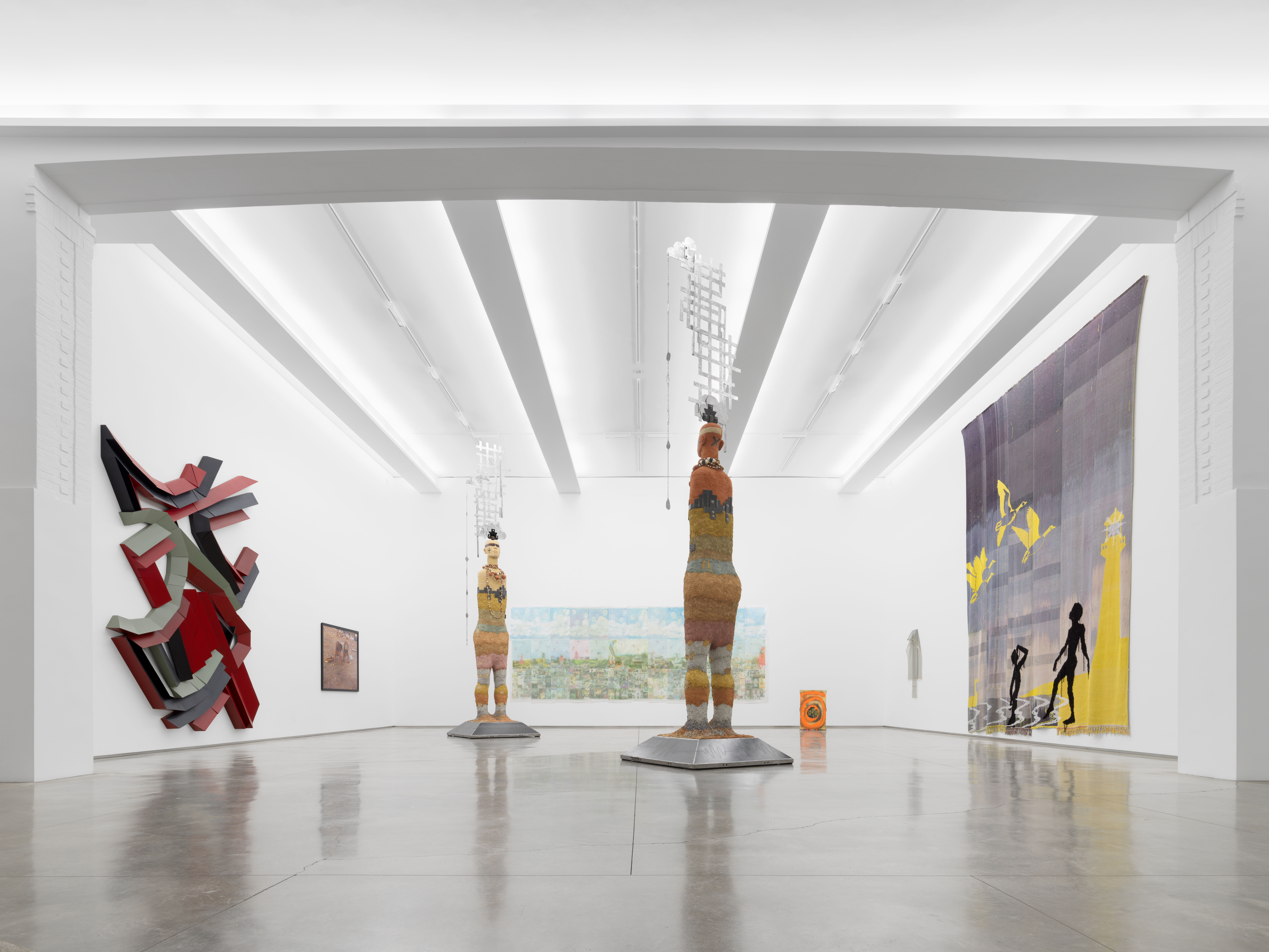
New York’s art scene extends well beyond New York City. Upstate New York is a vibrant cultural destination year-round, but especially during summer. Institutions like the Katonah Museum of Art and the Edward Hopper House Museum & Study Center were founded in the 1950s and 1970s, respectively, while gallerist Jack Shainman established The School in 2013, and Arte Povera collectors Nancy Olnick and Giorgio Spanu cofounded Magazzino Italian Art in 2017. Since then, more artists have moved upstate, either permanently or partially, making the region a place not only to view notable artworks but also to discover new talents.
In search of the best upstate art exhibitions this summer, Galerie traveled through cities and rural areas to compile a curated list of shows to see. From exhibitions of recent work addressing contemporary issues at two former schools—The Campus near Hudson and The School in Kinderhook—and another organized by the socially engaged Sky High Farms in Germantown, to presentations of modern masters at CCS Bard Galleries in Annandale-on-Hudson, Magazzino Italian Art in Cold Spring, and the Katonah Museum of Art in Katonah, these are the must-see exhibitions in upstate New York.
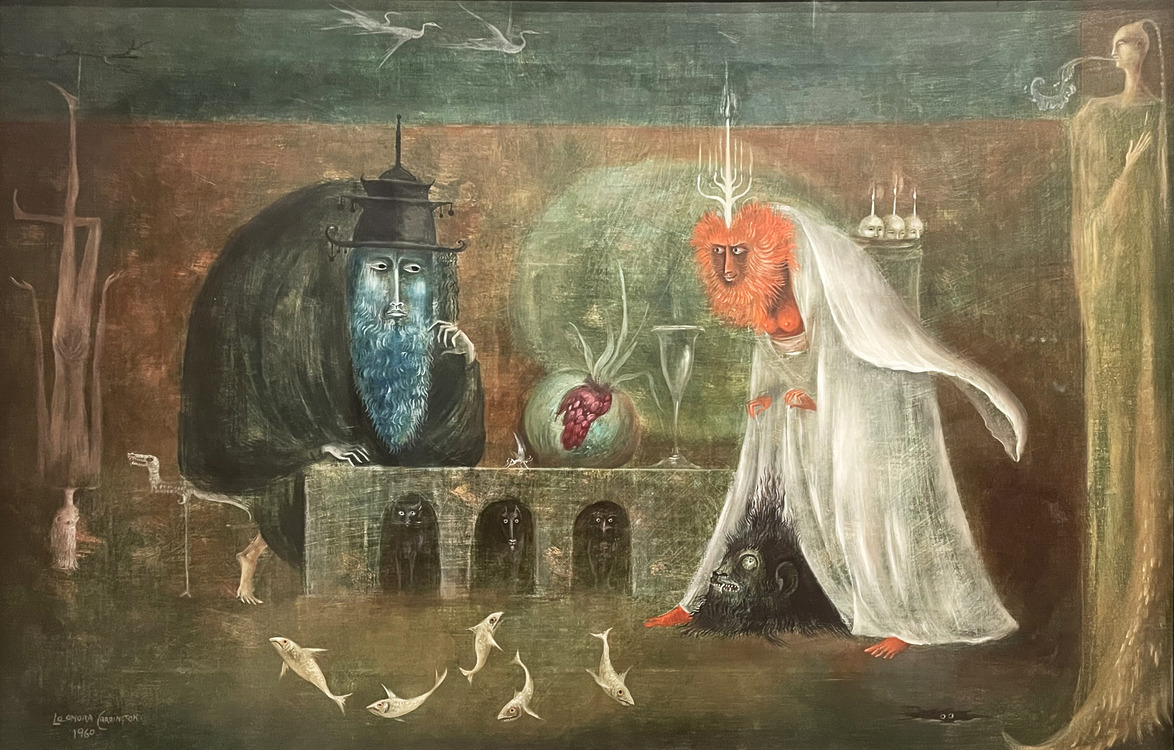
1. Leonora Carrington | Katonah Museum of Art
Born into an aristocratic British family in 1917, Leonora Carrington sought to defy societal gender roles. Her rebellious spirit found sanctuary in art and literature, leading her to join the Surrealist movement in Europe and later migrate to Mexico, where she cultivated her visionary art until her death in 2011. The museum’s “Dream Weaver” exhibition features more than 30 artworks, including some rarely shown, spanning over 60 years of her prolific artistic career. The show highlights Carrington’s diverse skills across various media, offering compelling insights into her process of creating magical and symbolic worlds. Her compositions, inspired by biography, folklore, mysticism, religion, and the occult, reflect the expansive creativity of a woman on a profound journey to reveal the world’s secrets.
Through October 5
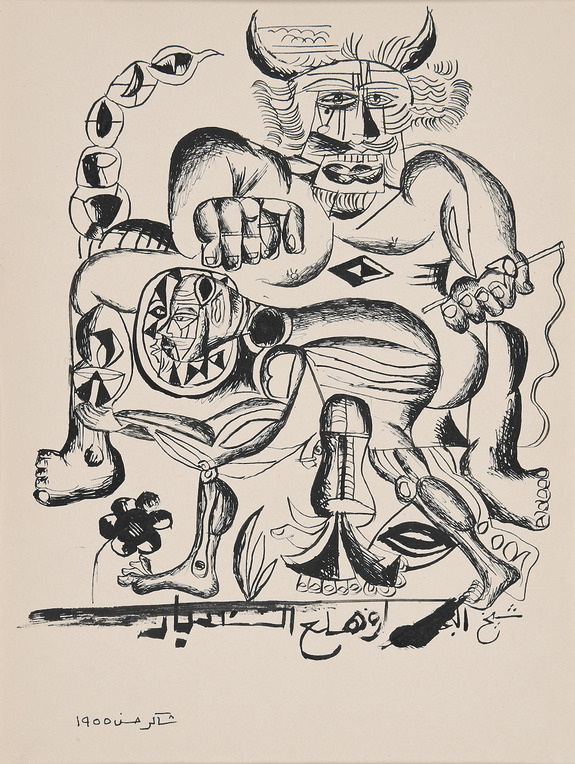
2. The Baghdad Modern Art Group | CCS Bard Galleries
The first exhibition to contextualize and historicize a key chapter in Arab modern and contemporary art, “All Manner of Experiments: Legacies of the Baghdad Modern Art Group” offers a detailed look at the Baghdad Modern Art Group, established in 1951 and influential through the early 1970s. With loans from prominent collections in the Arab world, the exhibition presents a lively view of multiple generations of artists working together to create a new and distinctive aesthetic that captures the energy and optimism of postcolonial life in Iraq. Inviting audiences to explore modernism through Iraq’s perspective—a lively hub of exchange across West Asia, North Africa, and Europe—it highlights the group’s formation, development, and influence on later artists.
Through October 19
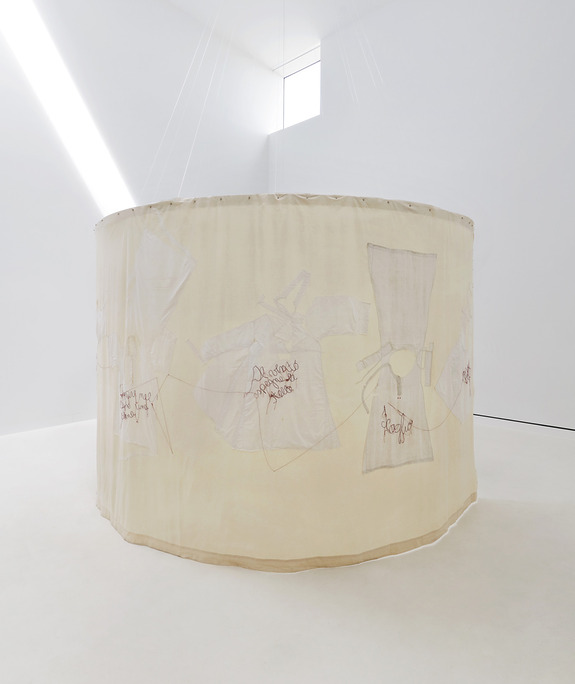
3. Antonio Marras and Maria Lai | Magazzino Italian Art
The first time this installation is on view in the United States, the presentation honors Maria Lai, one of the most influential Italian artists of the 20th century, and her celebrated collaboration with designer Antonio Marras. Blending Sardinian traditions with Arte Povera principles, Lai engaged in the cultural and social debates of her time, drawing inspiration from the American artists and writers she admired. Exhibited in connection with the recent survey show “Maria Lai. A Journey to America,” at Magazzino, “Llèncols de Aigua,” which translates in English as Sheets of Water, features long white sheets that are hand-stitched and decorated with antique nightgowns embroidered with phrases collected by Lai during an educational project with children. Created in Sardinia in 2003, the poetic fabric piece has remained in the collection of Marras, a fellow Sardinian, who lent it for the exhibition.
Through January 27
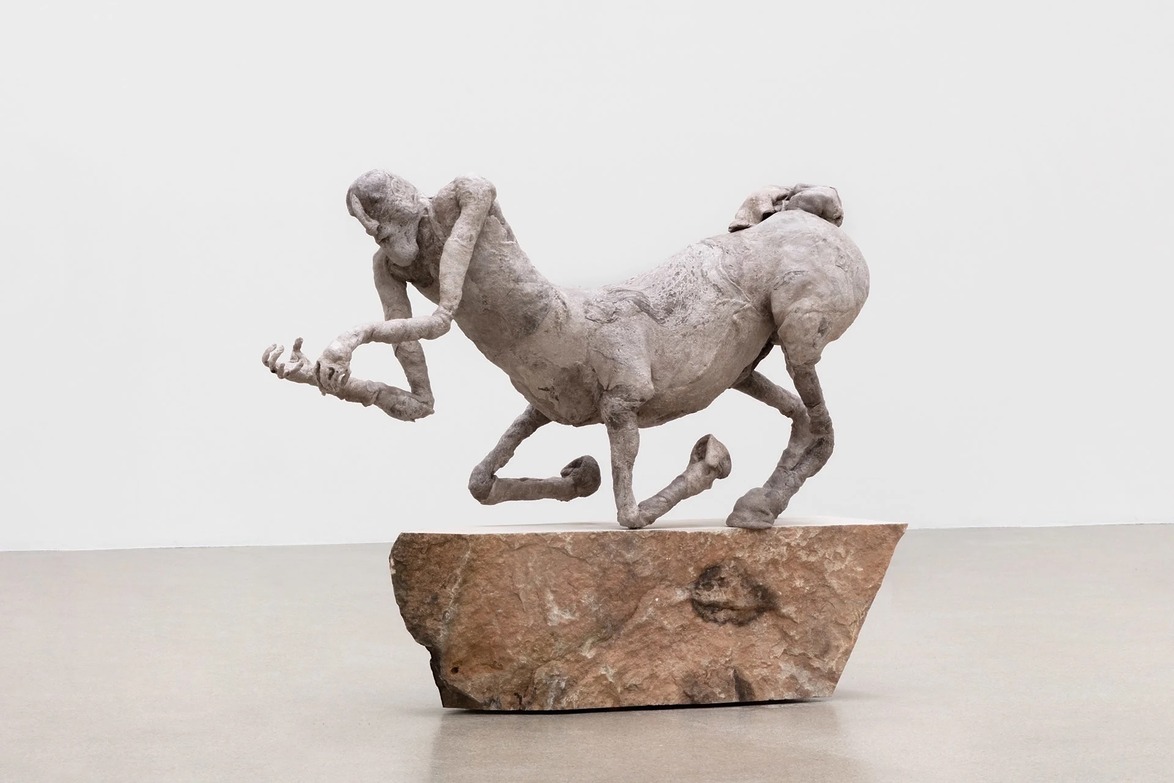
4. The Campus Annual Exhibition
An abandoned school building, now repurposed as a cultural exchange platform, The Campus aims to foster community and promote dialogue in Upstate New York, with many of the featured artists connected to the area. Owned and operated by a coalition of prominent galleries—Bortolami, James Cohan, kaufmann repetto, Anton Kern, Andrew Kreps, and kurimanzutto—the group is presenting their second annual exhibition, which spans 35 rooms and the nearby grounds. This year’s exhibition features 30 solo and duo full-room installations, along with focused group presentations of painting, sculpture, photography, and ceramics. Highlights include recent large-scale canvases by Rita Ackermann; an immersive, museological display by Francis Upritchard; new paintings and works on paper by Naudline Pierre; Dana Schutz’s paintings paired with sculptures by Ryan Johnson; and a series of sculptural wooden wall works by Richard Tuttle, recently created in New Mexico and exhibited here for the first time.
Through October 26

5. Tomokazu Matsuyama | Edward Hopper House Museum & Study Center
Constructing richly detailed paintings that depict a global, multicultural perspective, Tomokazu Matsuyama draws on the consumerism and celebrity culture of American Pop art combined with the more decorative aesthetics of the Edo period from his native Japan in his creatively shaped canvases. The “Morning Sun” exhibition features new paintings and process drawings by the artist, created specifically for the museum as a tribute to Edward Hopper’s eponymous 1952 painting, now part of the Columbus Museum of Art’s collection. To explore Hopper’s theme of solitude, the Brooklyn-based artist skillfully combines various visual references that highlight his cross-cultural background and insights into modern society. While Hopper depicted a solitary woman sitting on her bed in the sunlight, Matsuyama portrays a woman with a similarly contemplative demeanor in a much more richly layered environment. Two smaller paintings—one from Hopper’s original perspective and the other from an outside view—reimagine the iconic figure in an orange dress in equally imaginative ways.
Through October 5
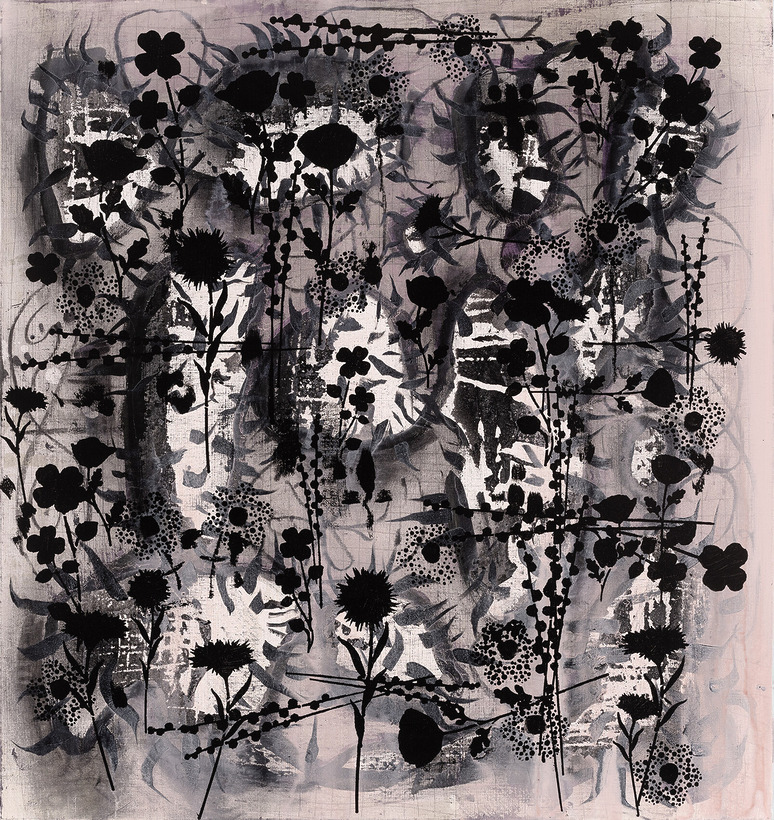
6. Sky High Farm Biennial Exhibition
Sky High Farm’s inaugural biennial, “TREES NEVER END AND HOUSES NEVER END,” signals the start of a new chapter for the organization as it expands to a new 560-acre farm. Curated by the farm’s founder and board president, artist Dan Colen, and named after an artwork by its first staff member and farmer who passed away in 2014, the exhibition explores the connection between local ecology, history, and industry in the Hudson River Valley and their ties to New York City. Standouts include Felix Gonzalez-Torres’ billboard work Untitled (It’s Just a Matter of Time), installed on 24 billboards along the Hudson River from Troy to the New York Harbor; Anne Imhof’s industrial water containers that form a labyrinth, which holds other artists’s work; and Rudolf Stingel’s largest mirrored floor installation, serving as a pedestal for other works, including Pia Camil’s fountain made from joined dead apple trees that guides water into Imhof’s containers. Rooted in the farm’s community-centered mission to tackle issues like nutrition security and systemic injustice, the exhibition shows what can happen when art, agriculture, and activism come together, combining the transformative work of artists with the impact of a justice-oriented organization.
Through Fall 2025
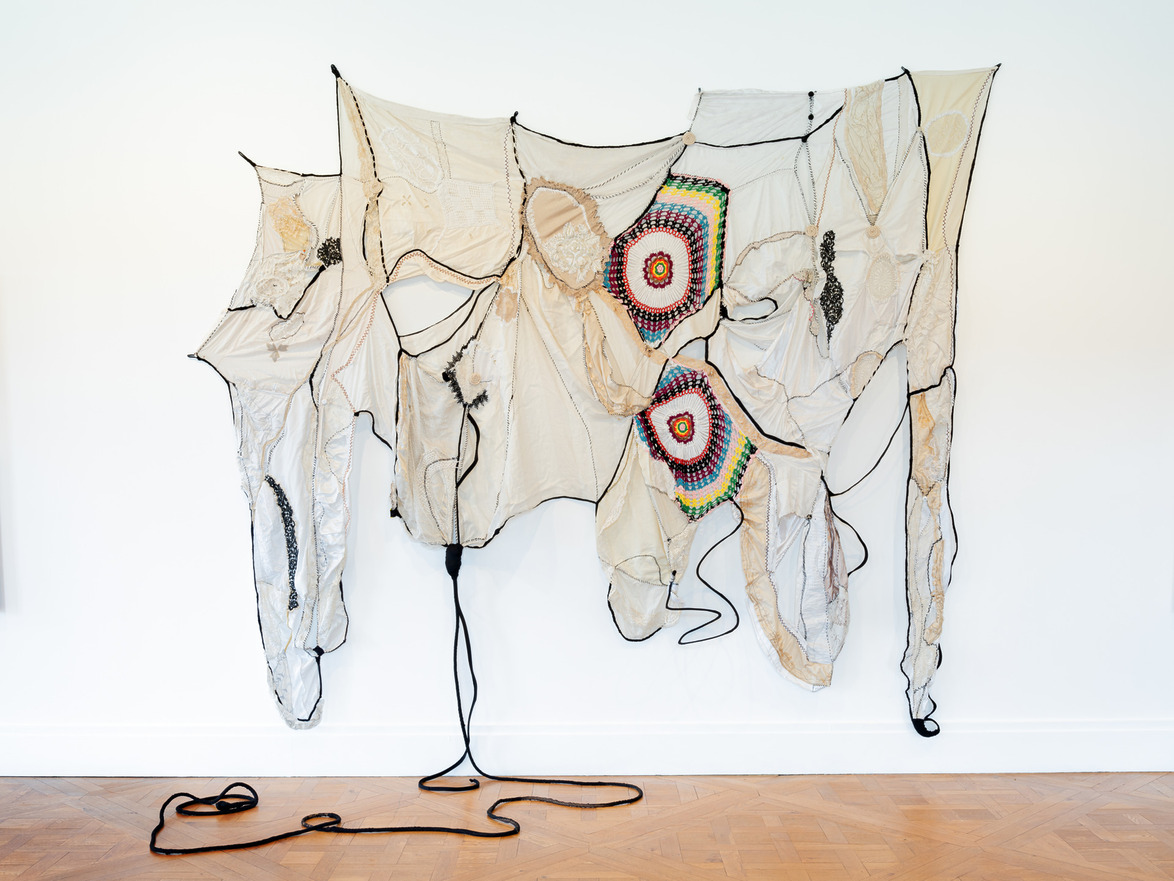
7. Sonia Gomes | Storm King Art Center
Celebrated for her freestanding and hanging sculptures made from found and gifted fabric, thread, and wire, Sonia Gomes was born in 1948 into a Brazilian textile family. After careers in education and law, where her only creative outlets were drawing and colorfully customizing her clothes, she started taking art classes. At age 45, Gomes had a solo show of abstract paintings, but it would be another decade before she exhibited her more intuitive sculptural works at a local antique shop and gallery. When Okwui Enwezor chose her for his 2015 Venice Biennale exhibition, more well-known members of the Brazilian art community asked, Who? Since then, however, her reputation has grown both internationally and in Brazil, where she has held solo museum exhibitions in São Paulo and Rio de Janeiro. For her first institutional exhibition in the United States and her inaugural outdoor installation—titled “Ó Abre Alas!,” after a Brazilian carnival procession—Gomes presents a series of vibrant synthetic sculptures hanging from the branches of a giant tree. Continuing the exhibition indoors, she showcases her signature textile sculptures and assemblages of wood, wire, and thread, highlighting the depth and evolution of her creative process.
Through November 10
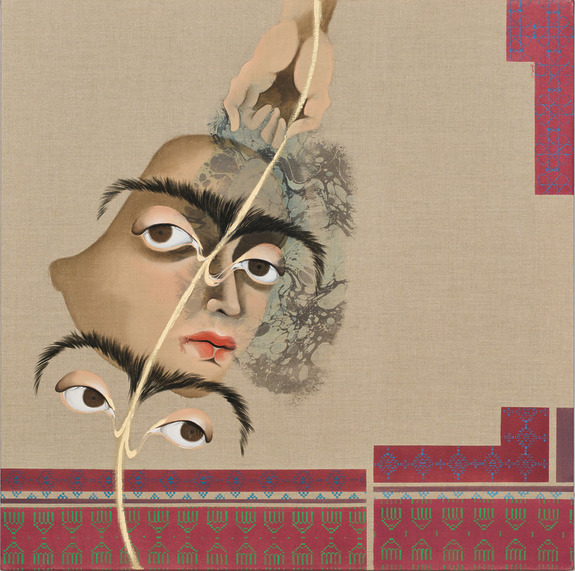
8. GENERAL CONDITIONS | The School
A group exhibition featuring over 20 contemporary artists working in diverse media and scales, GENERAL CONDITIONS provides a thoughtful analysis of our current social and political environment by examining how we react, both personally and as a society, when fundamental aspects of public life are no longer guaranteed. As social stability appears to be a relic of the past and civic norms fade rapidly, the artists in this exhibition, thoughtfully displayed in a former high school building, offer a variety of new approaches for reflecting on and addressing the crisis of “general conditions” that we all face. Highlights include Paul Anthony Smith’s painted inkjet prints from his Deferred Dreams series, which depict places out of reach for many pursuing the American Dream; Deborah Luster’s tintype photographs of Louisiana prison inmates posing for portraits to be shared with their loved ones; paintings of women with heavily browed eyes from Hayv Kahraman’s Look Me in the Eyes series, exploring migration and immigration issues in the West; and Richard Mosse’s Heat Map photographs of migrants in camps and crossing borders, taken with a military-grade telephoto camera capable of detecting thermal radiation.
Through November 29
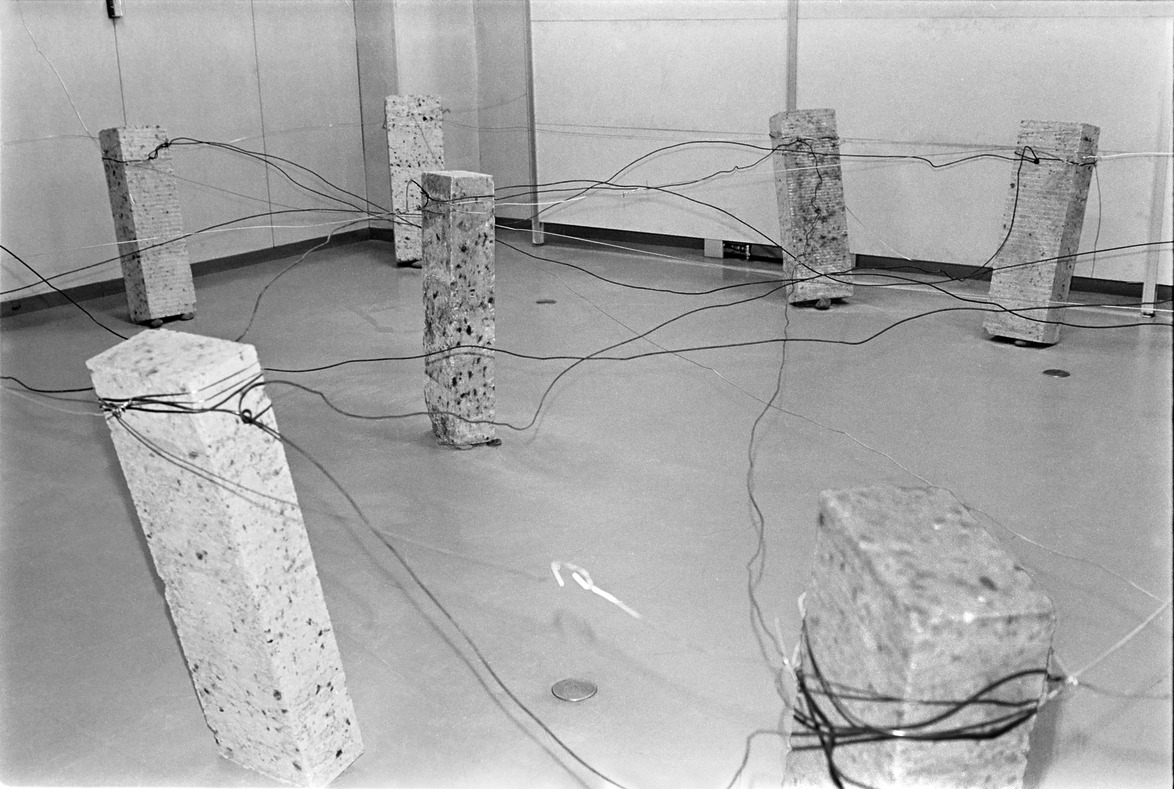
9. Kishio Suga | Dia Beacon
Kishio Suga is among Japan’s most renowned artists, with a diverse and influential practice that encompasses site-specific installations, assemblages, and performances. A leading member of the Mono-ha (School of Things) movement in Japan, his career began in 1968 when he started creating temporary installations using natural and industrial materials, such as wood, metal, wire, and concrete. Although brief, the movement marked a crucial turning point in postwar Japanese art history, aligning with the parallel growth of Minimalism, Arte Povera, and Supports/Surfaces in the United States and Europe, while staying rooted in a uniquely Japanese intellectual and cultural framework. This exhibition features works from Dia’s collection, supplemented by important loans, which use the synthetic materials typical of late ’60s urban life to examine the connection between matter and perception. Four pieces from Dia’s collection showcase the scope and development of Suga’s artistic journey, highlighting his crucial influence in postwar sculpture. Diagonal Phase (1969) and Abandoned Situation (1971) illustrate his Mono-ha phase, while Placement of Condition (1973) reflects the increasingly intricate and dependent spatial relationships Suga pursued in later years.
Ongoing